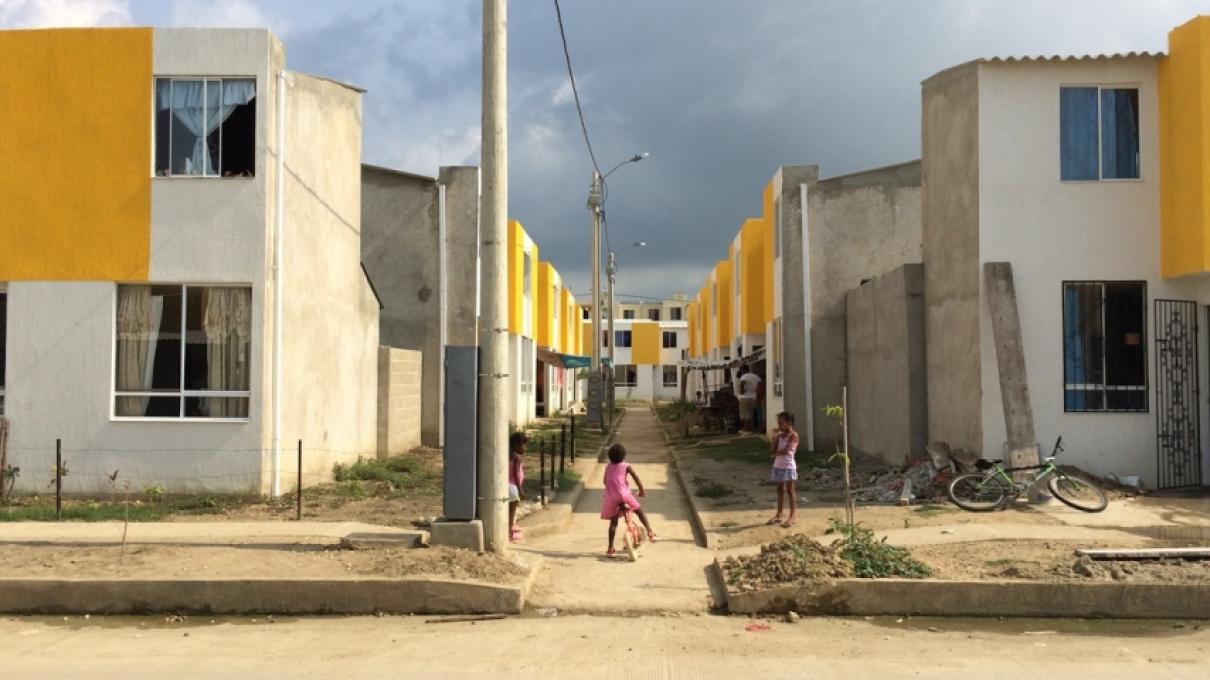Government sponsored affordable housing projects in Colombia are typically built as a groups of houses without the necessary social infrastructure. Often located far from employment opportunities and lacking transportation networks, these are not satisfactory living environments. To address these gaps, and to create typologies of affordable housing that are sustainable and reflective of local needs, this workshop used Cartagena, Colombia, as an example to develop new prototypes of housing that incorporate living and working.
The workshop investigated a livelihood-based approach to the idea of Home – where the neighborhood supports both living and working – for a superblock in Cuidad Bicentenario, a new affordable housing community being built in Cartagena, Colombia. The MIT team worked with Fundación Mario Santo Domingo (FMSD), an organization in Colombia known for building ‘habitats’, which include infrastructure such as schools, childcare centers, health services, and recreation facilities. Employing their Integrated Development for Sustainable Communities model, which focuses on community and social infrastructure to create livable communities, the team proposed solutions for live+work typologies at the block, neighborhood, and house scales. Students engaged with local stakeholders, FMSD, and university students to develop a master plan, public realm strategies, and housing typologies.
Collaborators: Fundación Mario Santo Domingo
